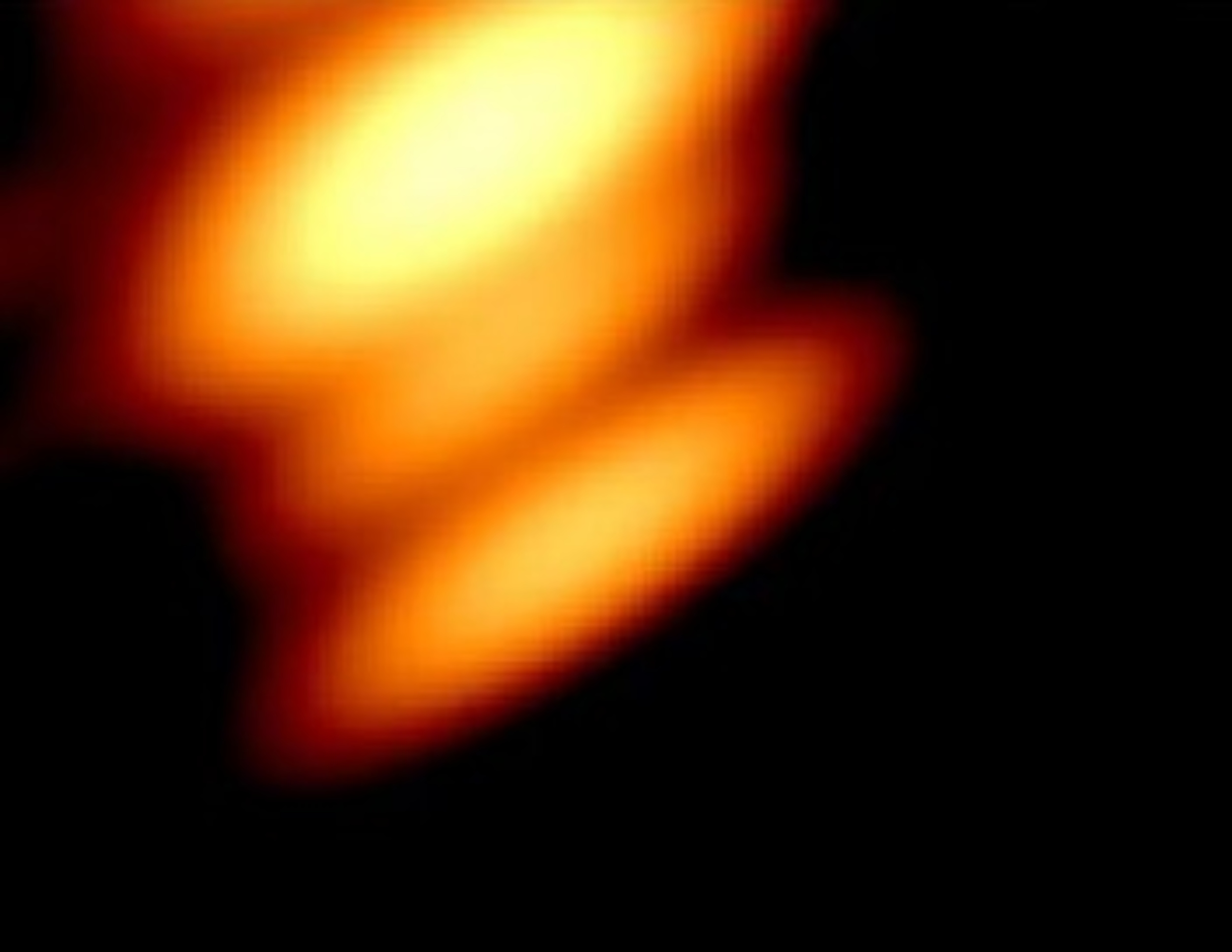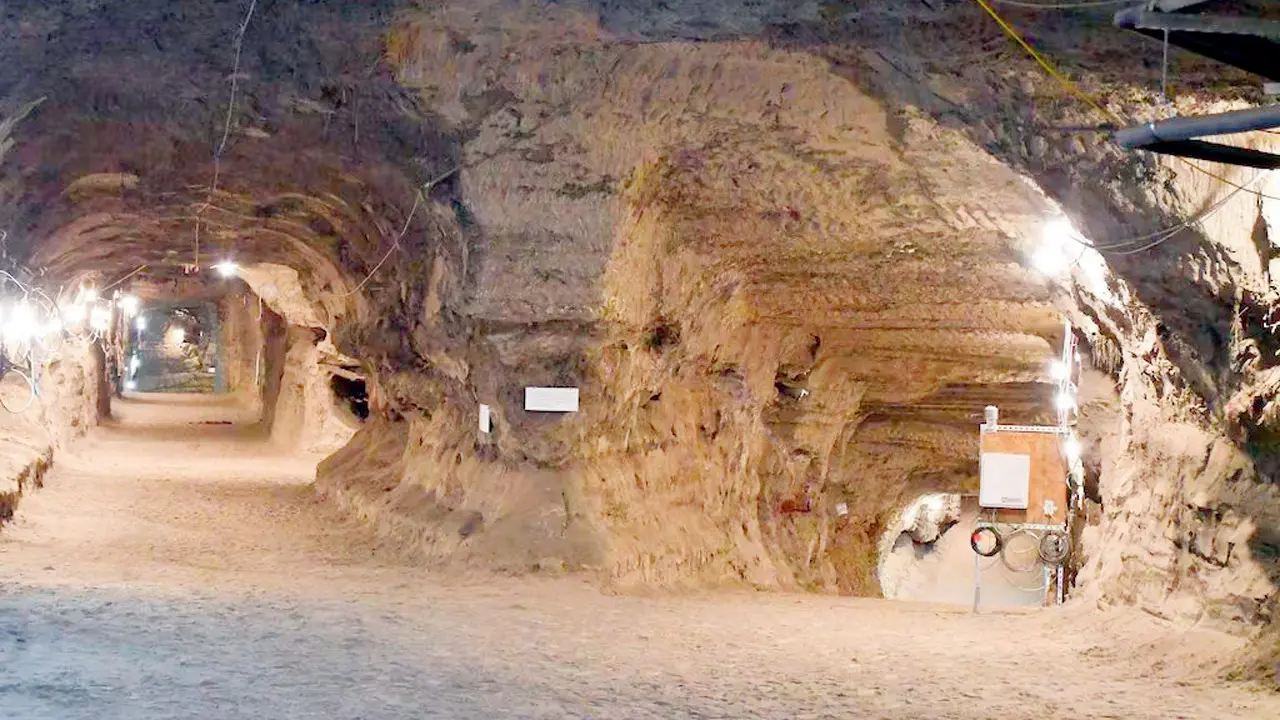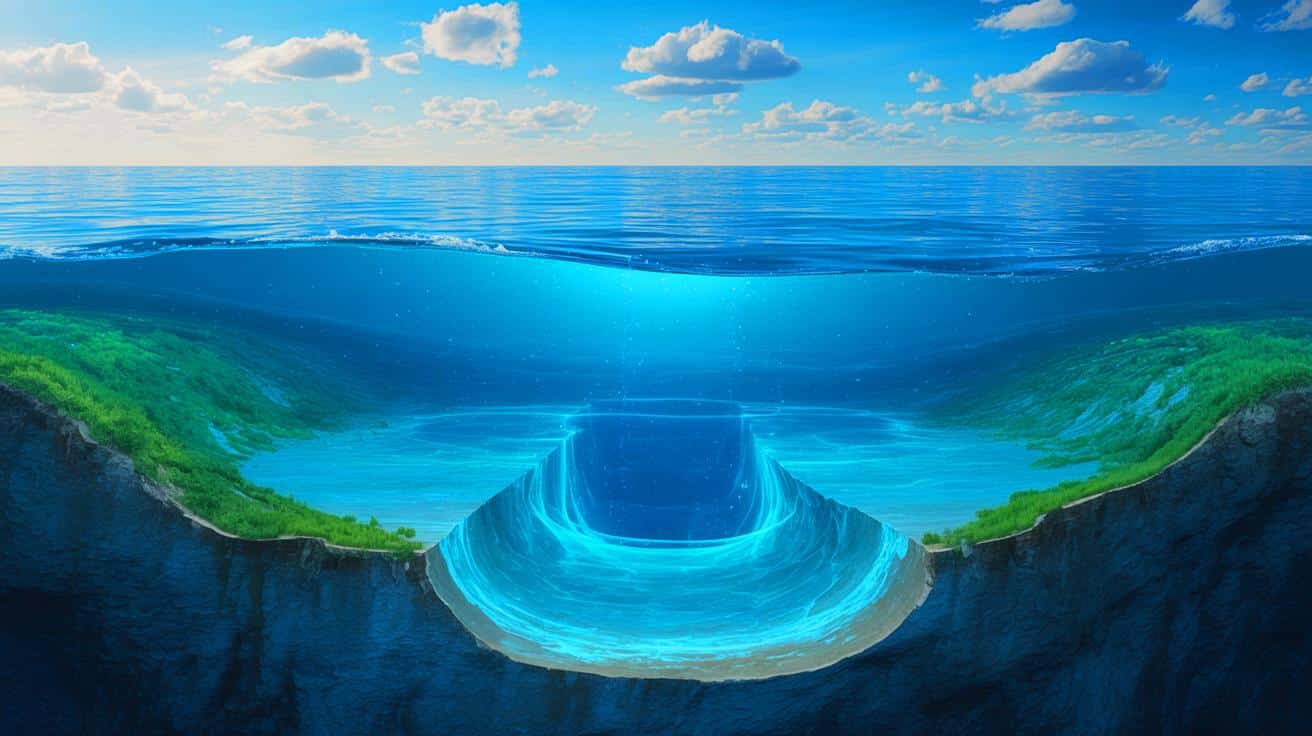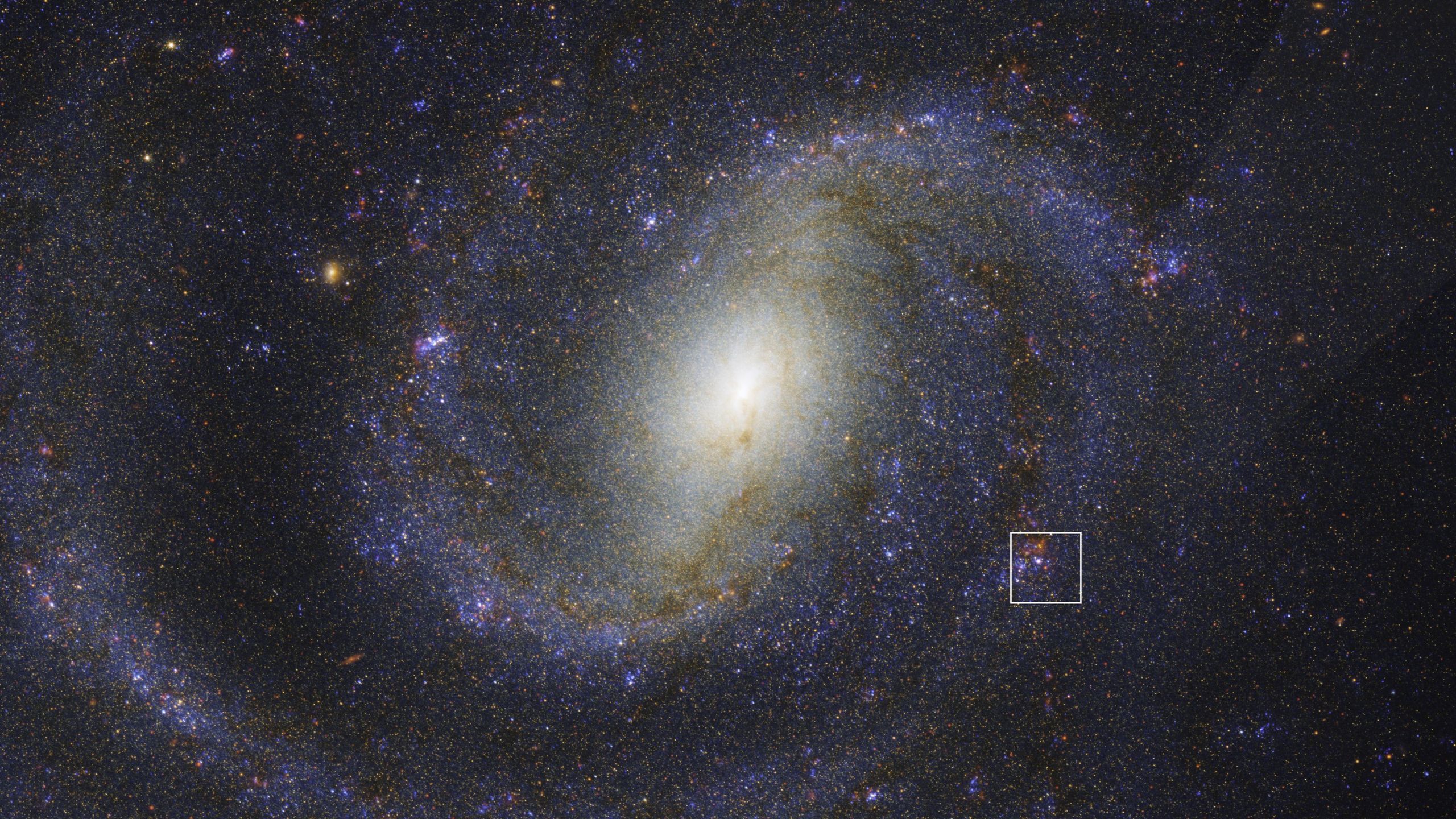Unbelievable Discovery: Scientists Find Ancient Remnants of Proto Earth!
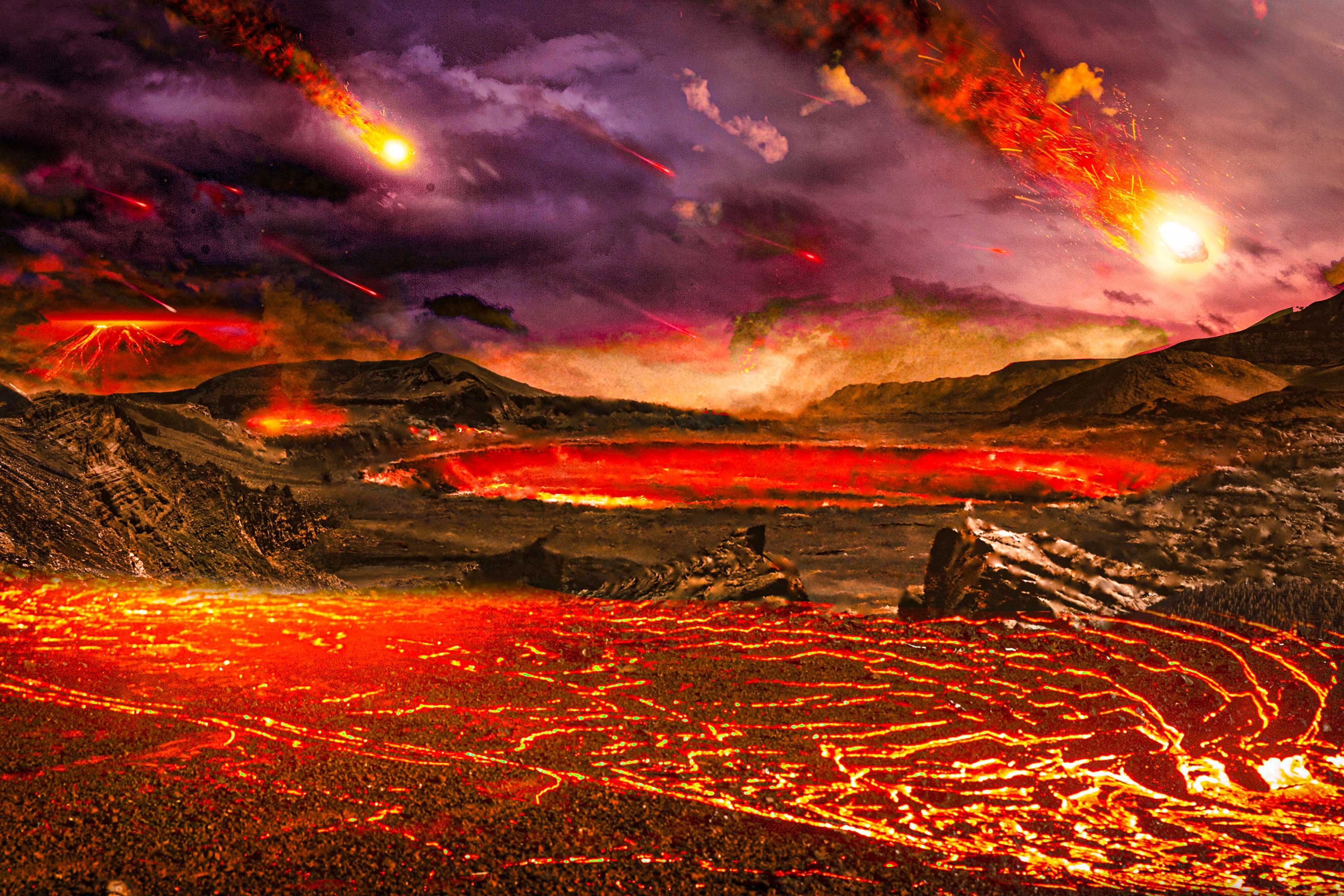
Imagine uncovering pieces of our planet's distant past, remnants from a time before the Earth was even recognizable! Scientists at MIT, alongside a global team, have stumbled upon extraordinary remnants of the "proto Earth"—fragments that formed a staggering 4.5 billion years ago. These findings, published in the esteemed journal Nature Geosciences, are pivotal in unraveling the cosmic recipe that created our world and the solar system.
In the chaotic dance of the early solar system, gas and dust spun together, eventually coalescing to give birth to the first meteorites, leading to the formation of the proto Earth and its planetary siblings. Picture it: a fiery, molten globe, bubbling fiercely. But then, less than 100 million years later, a Mars-sized meteorite crashed into this young planet, triggering a colossal “giant impact” event. This cataclysmic collision melted the interior of the Earth, fundamentally altering its chemistry and erasing any trace of its primordial origins.
Or so we thought. The research team led by Nicole Nie, a rising star in Earth and planetary sciences at MIT, discovered a shocking chemical signature in ancient rocks that stands apart from present-day Earth materials. This signature reveals an unusual imbalance in potassium isotopes found deep within some of the oldest rocks on our planet. Remarkably, this imbalance suggests these samples contain leftover materials from the proto Earth, which survived the cataclysmic events that transformed the rest of the planet.
“This is maybe the first direct evidence that we’ve preserved the proto Earth materials,” Nie states, full of enthusiasm. This revelation is particularly breathtaking because conventional wisdom held that such ancient signatures would have been erased over millions of years.
The team of researchers, including experts from Chengdu University of Technology, the Carnegie Institution for Science, ETH Zürich, and Scripps Institution of Oceanography, undertook a meticulous examination of major meteorites collected globally. They uncovered a “potassium isotopic anomaly” that hinted at materials predating Earth’s current composition.
To elaborate, isotopes are variations of elements distinguished by their neutron count. Potassium is found in three naturally occurring isotopes. The dominant forms on Earth are potassium-39 and potassium-41, with potassium-40 existing in minuscule amounts. The researchers noted that meteorites exhibited potassium balances unique from Earth, indicating that materials resembling those early compositions might still exist.
In their groundbreaking study, they didn’t stop at meteorites. They painstakingly analyzed rock samples from Greenland, Canada, and even lava from Hawaii’s volcanoes to hunt for the elusive potassium anomalies. After dissolving the samples, they isolated potassium and used a sophisticated mass spectrometer to gauge the isotopes' ratios. What they found was astonishing: a significant deficit of potassium-40, a stark contrast to what’s typical in terrestrial samples.
Could these remnants indeed be vestiges of the proto Earth? The team’s simulations explored this possibility, investigating how the samples' potassium-40 deficit would endure despite the havoc wreaked by meteorite impacts. Their results strongly suggest that these materials are, in fact, original leftovers from the proto Earth, supporting the notion that there is still much to uncover about our planet's early days.
However, there’s a twist! The samples’ signature didn’t precisely match any documented meteorites, suggesting that the meteorites that formed the proto Earth have yet to be found. “Our study shows that the current meteorite inventory is not complete,” Nie observes, leaving us all wondering about the hidden treasures of the cosmos yet to be discovered.
This remarkable research journey was partially funded by NASA and MIT, paving the way for future explorations of our planet’s ancient secrets.














